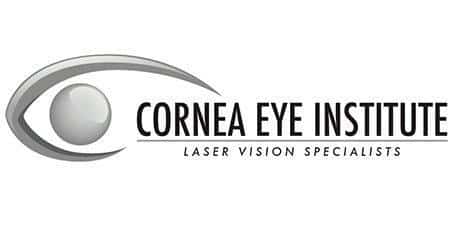

The cornea, the clear thin outer layer over your eye, is your eye’s last line of defense. If it is harmed by scarring or degeneration, it is likely you will need a corneal transplant. We routinely perform corneal transplants to treat a variety of cases at the Cornea Eye Institute in Beverly Hills, California. This procedure restores vision, lessens pain, and improves the appearance of your damaged cornea. Make an appointment today to if you are experiencing problems with your cornea.
The cornea is the clear surface covering the eye. Along with the tear film, it is the most important part of your optical system, responsible for image focus inside the eye. It has three main layers:
A variety of conditions can affect the cornea in one or more of its layers. Where there is scarring of the cornea, usually caused by physical trauma to the eye, a corneal transplant is required to restore corneal transparency.
Corneal diseases and degenerations can also lead to problems with the cornea, making it hard to see well enough to read or drive. These conditions often require a corneal transplant, too.
Penetrating Keratoplasty (PK)
In the past, when there was any opacity compromising transparency of any of the layers of the cornea, a full thickness corneal transplant, or PK, was necessary to restore vision. When the damage involves the entire cornea PK remains the treatment of choice.
Endothelial Keratoplasty
This surgery allows for us to isolate and replace just the innermost layer of the cornea, or endothelium, preserving the integrity of the corneal surface. In this procedure, she replaces dysfunctioning endothelial cells, which treats uncomfortable corneal swelling.
Deep Anterior Lamellar Keratoplasty (DALK)
In processes that weaken the corneal tensile strength, such as Keratoconus (conical cornea), or when an opacity is confined to the intermediate layer of the cornea (the stroma),we can replace the outer part of the cornea through DALK, preserving the patient’s innermost layer intact.
After your corneal transplant you can expect the following:
Medications
Regular use of eye drops and sometimes oral medications right after cornea transplant and throughout your recovery, will temper infection, swelling, and pain.
An eye patch
It is crucial to protect your eye immediately after surgery. After you see us the day after surgery we will remove this patch and you may only need to use a shield at bedtime for a limited period of time
Taking it easy
Take it easy after your corneal transplant, and gradually, as instructed, work your way up to resume everyday activities, like exercise. However, for the rest of your life, you will have to take precautions to avoid endangering your eye.
Frequent follow-up exams
Expect frequent eye exams in which our doctors check for complications, particularly during the first year after surgery.
Your risk of complications, such as rejection of the donor cornea, doesn’t subside after your surgery. Corneal rejection can be managed with medications, so make sure you see yout doctor as scheduled to monitor your treated eye or if you have any changes in your vision or any symptoms of pain.